Welcome to new subscribers! Quiet Reading alternates between bookish posts and lighter short essays. Today’s post is a continuation of a discussion about the state of book and newsletter publishing begun two weeks ago. Here is part one. You can enjoy the essays in any order.
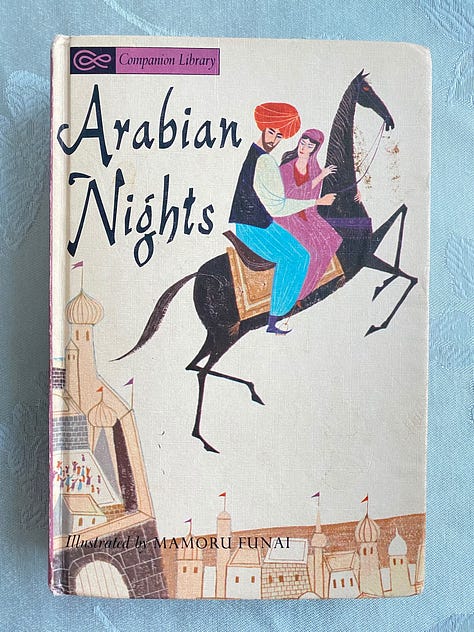
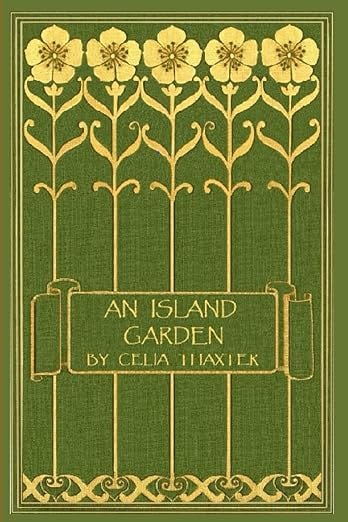
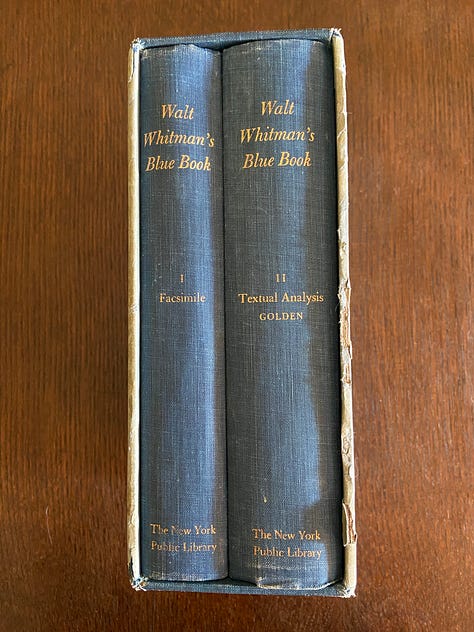
Head to the classics shelf at the local bookstore, and what do you find? Pride and Prejudice, Les Miserables … Penguin paperbacks … Illustrated hardbacks from specialty presses …
QR codes for digital newsletters? — Heaven forfend!
But wait. Why shouldn’t a breakout literary genre show up in my inbox, the way the English novel sprouted from nowhere four hundred years ago and the short magazine story two hundred years after that?1
Literary genres have always evolved alongside new technologies, from campfire tales and cave art to courtly medieval ballads, magazine stories, and feature films.
The English short story writer William Boyd summed up the consensus about the relationship between the short story genre and the technology of middle-class magazines when he wrote,
The short story had always existed as an informal oral tradition, but until the mass middle-class literacy of the nineteenth century arrived in the west, and the magazine and periodical market was invented to service the new reading public’s desires and preferences, there had been no real publishing forum for a piece of short fiction in the five to fifty-page range. It was this new medium that revealed to writers their capacity to write short fiction.2
Of other literary forms and technologies, an influential scholar in American studies built a whole book around the claim that “[published and performed] writing has no life separate from the particularized mechanisms that bring it to public life,” such as an ethnic theater group or middle-class family magazines.3 Why not a digital newsletter?
*
For those of us publishing on Substack, advice abounds for growing a newsletter business, but I’ve seen no organized conversation about how to use this nifty gadgetry to contribute to the timeless human record of wisdom, story, and song.
Are we missing something?
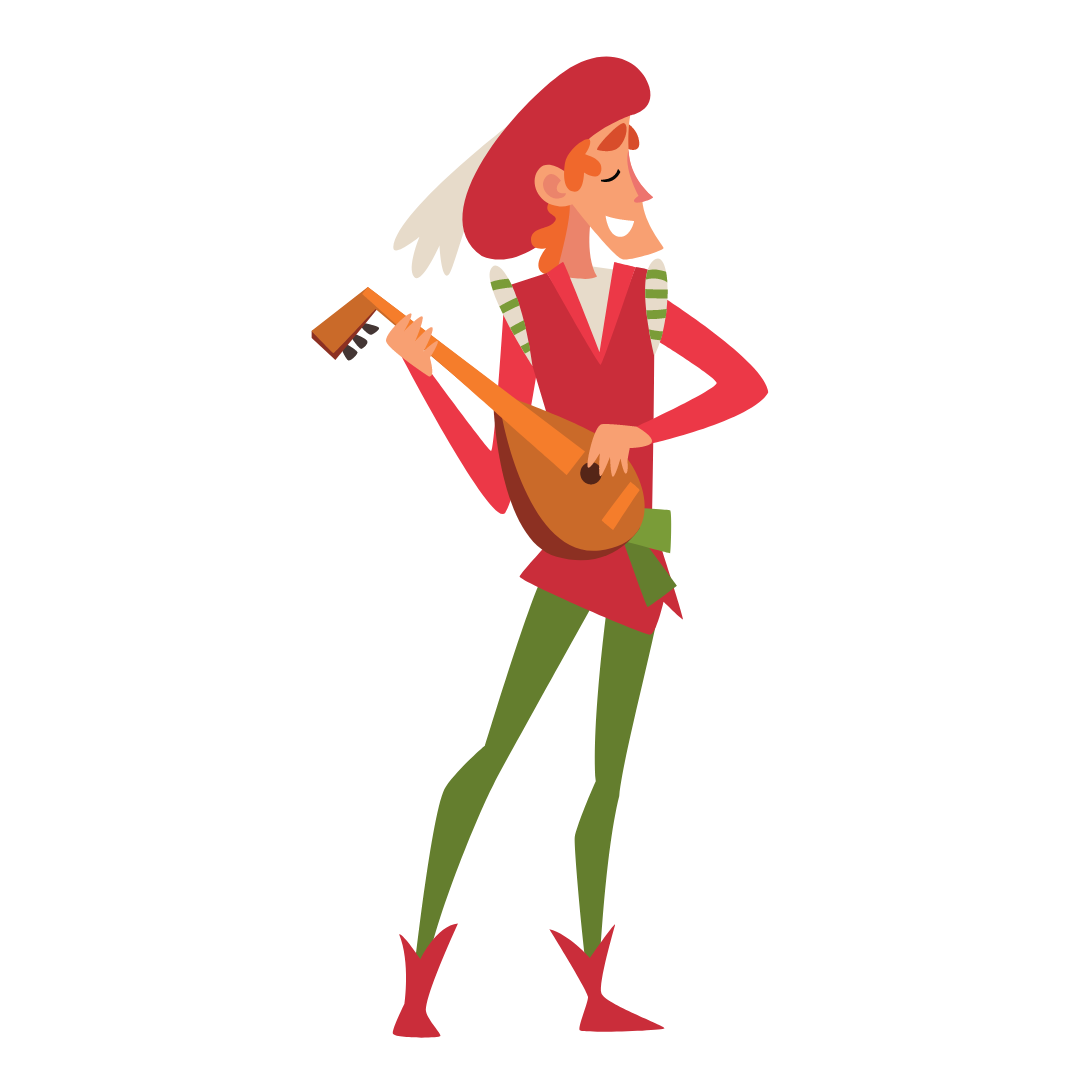
The Business of Newslettering
According to an analysis published by the financial website Insider Monkey, many of the most popular newsletter publications in 2024 have a practical orientation — helping readers understand current events, finance, and workplaces or technology.4 The top five cover news, politics, and popular culture.5 In short, newsletters have so far been used chiefly as digital cousins of newspapers or for business and professional purposes.
It’s no surprise, then, that most advice for newsletter writers is based on the news-commentary-business model of “success.” Find a niche; communicate your brand; offer a unique service; monetize from the start.
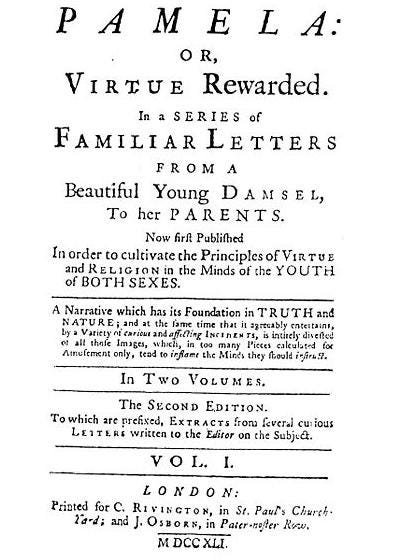
The LitLetter Resistance
Just as unsurprising, many creative writers and others are chafing at this advice. They say:
I’m not a brand!
Niche-quiche. I contain multitudes!
Charging for my writing adds stress. I just want to write and find my people.
Trying not to be distracted by the newsletter business ethos, creative writers, philosophers, artists, and humanists are actively exploring the potential of the newsletter medium for soul-stirring, mind-bending work, of the sort literature, story, and song have provided since ancient times.
I call their independent productions LitLetters. They delve, create, and connect, rather than telling the news.
Two things strike me so far as most exciting and promising about LitLetters as a field for literary innovation: (i) the potential for new experiences of community and collaboration, and (ii) the potential to create forms so portably swift and small (like pocket-sized books of centuries ago) that we can dip into many of them often for reminders of our common humanity.
There is nothing wrong with using inbox letters to publish the poems, essays, or stories that also suit other mediums like books and magazines. (In fact, this post is an essay in the traditional style, deeply exploring an idea, point by point.) But literary innovators of the past — like the subjects of my post two weeks ago — captured the public imagination by creating timely genres custom-fit to the technologies that people reached for. To have the most impact in every generation, timeless, stirring human stories must go where technology goes.
LitLetters (and their close relative, ArtLetters) create and connect. The work of adapting literary genres to convey the human experience with today’s technology is well under way. Here are a few examples:
I. Collaborations
Community Poetry
posted one-word thematic prompts every day in February as an invitation to others to write and share poems. She linked responses on her February Poetry Adventure home page.
A Gift Exchange
Last December, led by fiction writer and songwriter , forty-two authors each wrote a story based on “an anonymous prompt from a transformative experience” in the life of an unknown other writer among the forty-two. The resulting stories are all collected on Ben’s project home page. Participants not only wrote stories; they read each other and commented in a web of conversation more interactive and community-building that a traditional book anthology. Imagined as stories, the web of these works made something else.
Writing Circles
Last fall, six men agreed to write on a common topic of personal interest. One of their subjects was fatherhood. Each day of the week,
, , , , , and took turns publishing their essays, reading each other, commenting, and sharing so the essays could be read and reflected upon both separately and as a group.Dribs and Drabs
Vocabulary time: A drabble is a story of 100 words. A dribble is a story or poem of 50 words. These micro-genres are well suited to the newsletter format.
I’ve had occasion to cite before the spirited write-along sessions hosted by teacher . Justin writes original short and flash fiction (with a book collection of drabbles), and once or twice a month on Fridays he hosts Fifties by the Fire, an invitation for anyone to drop by and post a fifty-word story or poem to share. The results are anything but trifling, demonstrating that a literary glow of humanity can arise from just fifty words, plus another fifty, plus another, and so on.
Proliferating Collaborative Schemes
Collaborations have been one of the pleasures of my Substack experience. I’ve hosted three: an essay contest about an enchanting book or poem; a multi-genre response of three people to one art object; and a “five-word reading party” in which participants read posts from other people and summed them up in five words. At the end of the latter, I assembled the five-word descriptions into a poem. In this digital form, we don’t just write alone and co-publish the work; we can prompt each other back and forth, weaving community from words.6
These are just a few examples of the ways writers are using inbox letters to create and connect, and to redefine delving not as a solitary activity of the mind but as a collective activity for deepening our understanding of our connected nature. As in the days of oral storytelling before the technology of the book privatized reading, language is making our communities new.
II. Intimate Forms
Collaboration is just one way inbox letter-writers are innovating. The intimacy of an inbox letter encourages forms like whispers — light of sound and touch, almost too slight for a magazine or book.
I’m not the only person to notice “intimacy” as part of the character of an inbox letter. Writing for The New Yorker in 2020, Anna Wiener observed, “For many readers and writers, the personal, intimate quality of newsletters is their appeal.”7 Serial memoirist and writing teacher
agrees. In an essay earlier this year, she named intimacy as the reason she’s writing and reading on this platform: “Substack offers not socialization but intimacy—that’s its gift” (“Only Connect … Why I’m on Substack”).I’ll mention just a few more examples of innovators with inbox intimacy. You may know others yourself.
has created not only an inbox-ready genre of hand-lettered pictures and words; she has also come up with one of the most felicitous metaphors for this kind of work: .
Literature professor helps his readers develop a personal canon of books and music. His essays feature two light touches of LitLetter intimacy. His closing signature, “From my fancy internet typewriter [or other noun] to yours” forges a playful connection with his reader, and for paid subscribers, his curated music playlists with detailed notes allow his subscribers to carry the portable gift of his time and care wherever they listen to music.
is the filmmaker and writer behind , which MacLean describes thus: “Sometimes unexpected, always personal, One Word is a memoir documentary series where I choose a word and explore its meaning in my life and the world around me.” With his voice and words and camera angles on film, Taegan’s first year of One Word posts is as intimate and personal as any LitLetter.
LitLetters convey a strong sense of both the unique individuality and the common humanity of the author. Ideas are subordinated to the dignified personhood of those who write and read.
More Intimate than the Short Story
You could almost imagine Nathaniel Hawthorne as a modern LitLetter writer in his most personal and intimate book, The Old Manse, a record of the time he and his new wife lived in an Emerson family house in Concord, where he felt inspired by the history, the neighborhood, and the garden.
Hawthorne grows downright chatty at one point, imagining that “Mine honored reader, it may be, will vilify the poor author as an egotist for babbling through so many pages about a mossgrown country parsonage, and his life within its walls, and on the river, and in the woods, and the influences that wrought upon him from all these sources.” But he remains confident that he has not betrayed too much that is personal. Temperamentally, it would be impossible for him to do so.
“How little have I told!” he insists, pushing the reader away once more:
Has the reader gone wandering, hand in hand with me, through the inner passages of my being? and have we groped together into all its chambers and examined their treasures or their rubbish? Not so. We have been standing on the greensward, but just within the cavern’s mouth, where the common sunshine is free to penetrate, and where every footstep is therefore free to come. I have appealed to no sentiment or sensibilities save such as are diffused among us all. So far as I am a man of really individual attributes I veil my face; nor am I, nor have I ever been, one of those supremely hospitable people who serve up their own hearts, delicately fried, with brain sauce, as a tidbit for their beloved public.8
LitLetter Intimacies beyond the Short Story
Whereas the technologies of his day allowed him the luxury of veiling his face and keeping his heart off the buffet table, LitLetters demand more brain sauce.
Short story writer demonstrates how someone accomplished in a traditional genre can also adapt to the personal intimacy of a LitLetter. He recently supplemented his primary publication, , with a second Substack letter, , featuring micro-essays and photos about his sympathetic and light-hearted relationship with cats. I, too, have found that I want to adapt my training in other forms to answer the personal call of the inbox letter form.
LitLetters and Newsletters
Both LitLetters and newsletters differ from printed forms chiefly by dropping in and catching us in the middle of whatever else we are doing. This “dropping-in” quality gives them a sense of timeliness and often brevity that’s different from a magazine essay. When I take a magazine to a chair, I expect to sit ruminatively. When I click a post open in my email or reading app, I am conscious of the list of adjacent posts and the movement of time. I may have less than ten minutes. Why not slip a bit of creativity and connection into my fragments of time?
I believe that when creative writers and humanists use the form of the inbox letter well, readers will be just as eager to open our affirmations of common humanity as they are to open the news.
Literature does not have to be long to be effective or to expand our human consciousness. Here is a haiku version of the entire point of this essay:
In seven minutes,
Can you help me remember
Who I am, really?
I do not think the essay version or the haiku version of my point is superior; I like both. But if you are checking your watch, feeling that this post is going a bit long, that’s the point. The haiku version (though it misses details and examples) suits the inbox environment to a T.
LitLetters can create and connect a few minutes at a time, and when I drop in again, they will connect me and inspire me again. They delve not into complex ideas with many facets (the work of a traditional essay like this one, a form I obviously value) but into the question of how we humans can live now, in the present circumstance surrounding the person opening an inbox.
The next time you read something that seems “just right” for your inbox — a bonbon of wordplay that warms your synapses and assures you that you are not alone, consider whether it is helping to create a new genre for literature, adapted to the technologies of our time.
Postscript: Mixing Art with Business
About the experience of publishing his most recent novel, The Requisitions,
reflected, “Following 3.5 months of quiet, steady book sales . . . , it is clear to me that the most fulfilling moments surrounding the publication of a novel aren’t about book sales or profits but the human connection.” (“Kingdom Anywhere”)This quotation sums up the situation, I think, of writer-entrepreneurs using any form today. The author using the technology of an inbox letter must decide on a priority — is it business with a niche and a brand, or creative connection and affirmation of our human bond? (I’m sure there are other options, but two are enough for our purpose.)
Here’s the thing: Choosing a top priority does not require a person to ignore other goals. It simply means recognizing which goal is #1 right now, and which goals are subordinate.
Samuel published his book in the manner that would pay best — by creating his own imprint. As both a creator and a self-publisher, he recognizes the distinction between the two roles. He told interviewer
at ,“I really do believe as soon as the purpose of the creation is for monetary gain, it changes. Something deep within that creation, not in a bad way necessarily, but fundamentally, because then it is a job and you treat it like a job and all of the benefits and problems that come with that arise” (“Recovery Means Reclaiming Your Creative Life”).
There is nothing wrong with writing as a job, for pay. But the inbox letter that works well for business is alternately a medium available to creative writers and artists for sneaking the timeless human story into the seven-minute and three-minute intervals of a modern day.
When you drop a pebble in a pond, can you measure how much water it disturbs?
When you spot an interesting pebble on a path while walking with a friend, will you pick up the pebble and examine it yourself, or will you show it to your friend?
LitLetters pass the pebble to a friend.
“Sprouted from nowhere” is an exaggeration, but we’re not going to get into that right now.
William Boyd, “A Short History of the Short Story,” Prospect Magazine, July 10, 2006. https://www.prospectmagazine.co.uk/culture/57299/a-short-history-of-the-short-story.
Richard H. Brodhead, Cultures of Letters: Scenes of Reading and Writing in Nineteenth-Century America (University of Chicago Press, 1993), p. 5.
Maleha Afzal, “25 Most Popular Email Newsletters in the US in 2024,” Insider Monkey & Yahoo! Finance, February 20, 2024. https://finance.yahoo.com/news/25-most-popular-email-newsletters-204551476.html.
Maleha Afzal, “5 Most Popular Email Newsletters in the US in 2024,” Insider Monkey, February 20, 2024, https://www.insidermonkey.com/blog/5-most-popular-email-newsletters-in-the-us-in-2024-1259664/. (Link contains lots of advertising.) The top five newsletters by this account are the New York Times Morning Newsletter, Politico Playbook, Buzz Feed Daily, The Daily Beast, and Vox.
Here is an example of such mutual prompting. My “Enchanted by the Book” contest drew an essay from
called “The Enchantment of Raggedy Ann.” Her essay drew this poem from me in response. Neither of us had any intention of writing these works on our own.Anna Wiener, “Is Substack the Media Future We Want,” The New Yorker, December 28, 2020. https://www.newyorker.com/magazine/2021/01/04/is-substack-the-media-future-we-want.
Nathaniel Hawthorne, The Old Manse, 1863, Project Gutenberg. https://www.gutenberg.org/files/9221/9221-h/9221-h.htm.
Subscribe to Quiet Reading with Tara Penry
A weekly refuge for our shared humanity inspired by authors, books, and this world of marvels.




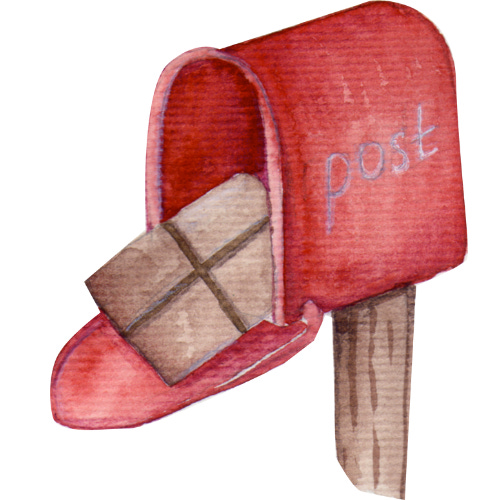
Thanks for the multiple mentions, Tara! As always, I appreciate your historical framing. This jives with what Ted Gioia published recently. And it is remarkable how much Substack has improved on the formerly disparate blogosphere. (Although some former bloggers say that the growth advice and best practice roundups proliferated then, too).
One thing I'm still struggling with, a bit, is the saturation of these spaces. I met with a few other Substack writers recently, and we all moaned a bit about how many newsletters we were subscribed to (far more than we could keep up with) and how much "noise" there is. I'm pretty good at compartmentalizing, so I can dip in and out of Notes without much FOMO. But some people feel like as soon as they open it, they're behind and trying to catch up.
I remember a similar feeling the first time I attended the AWP conference. I was there by dumb luck, having landed a poem in RATTLE and then having been invited by Timothy Green to read that poem as part of a cowboy poetry panel (even though there was nothing that cowboy about it). You were supposed to walk the exhibit, make connections, introduce yourself to editors. But I suck at that, or at least don't know how to do it without coming off as crass. And so the ironic effect of going to the mothership of creative writing was that I really just wanted to stop writing, stop producing, take my voice out of the general clamor.
I had a desultory conversation last night with an indie bookstore owner where I live. He had a shelf labeled "Local Authors," so I asked (while buying a book for my daughter) how he chose who to feature there, if he did commissions, etc. Turns out that he just features local authors who have deals with Penguin. Can't be bothered with commissions. Spoke scornfully of vanity projects and how local authors who don't have a publishing house behind them never sell. It made me question why I was buying a book from someone who was just a funnel for big publishers anyway -- why not get it cheaper online? I've never run a small bookstore, and maybe he's jaded by past attempts. But it seems that little people should have each others' backs.
It's easy to get discouraged out there. I'm glad that we have built these sources of support here, and I hope that whatever happens when Substack goes public, that we can keep these pockets of community together.
Tara,
Very provocative in the best sense of the word. I write my weekly essays and they are an intellectual challenge. But what other spark of creativity could I employ using Substack? Your essay has me thinking more about that question.
Is it forbidden
To end this poetic form
with the word haiku?